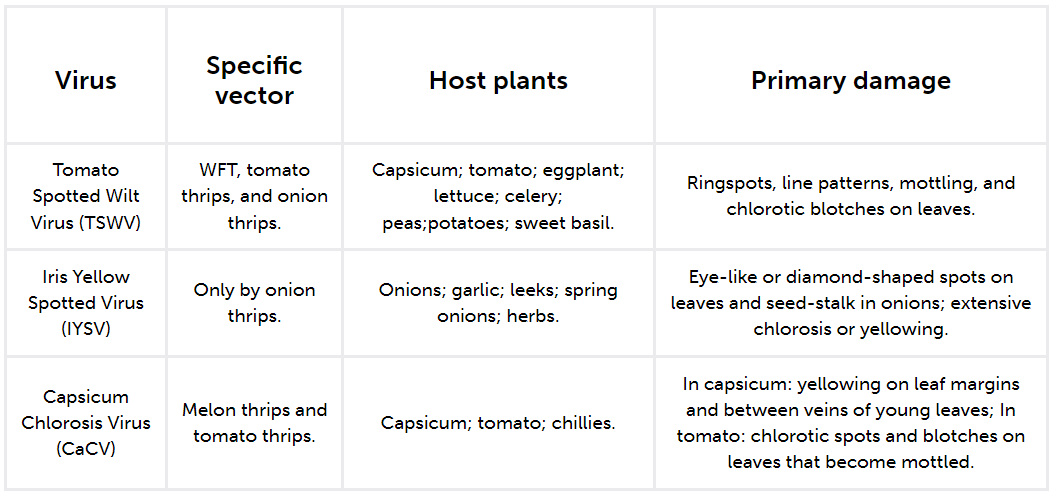Important Crop Diseases Caused by Viruses | Botany Optional for UPSC PDF Download
Viral Diseases
This page offers an overview of viral diseases affecting vegetable crops, along with resources at the end of the page that provide in-depth information on identifying, recognizing symptoms of, and managing these viral diseases. It is crucial to involve a plant diagnostics laboratory in confirming the pathogen responsible for any crop diseases, ensuring proper disease management.
Viral diseases pose significant threats to various vegetable crops in Australia. These viruses are immobile and are typically spread from one plant to another by living organisms known as vectors or carriers. The primary vectors of plant viruses are aphids, whiteflies, thrips, and leafhoppers, all of which possess piercing-sucking mouthparts that enable them to access and feed on the contents of plant cells. Viruses can also be transmitted by other insects, mites, nematodes, fungi, infected pollen or vegetative propagating material, direct contact between plants, and through infected or contaminated seeds.
The transmission of the virus by sap-sucking insects occurs in two ways: persistent transmission and non-persistent transmission, which pertains to the time it takes for an insect to acquire and transmit the virus.
Viruses, Crops Affected, and Damage Caused
Means of transmission: Aphid


Means of transmission: Thrips

Means of transmission: Whitefly

Means of transmission: Tobamoviruses

Management
Managing viral diseases in vegetable crops can be challenging due to the complex interactions between the virus, host plants, and the vectors or carriers that spread the virus. However, effective disease control can be achieved by employing a combination of management approaches, often referred to as Integrated Pest Management (IPM).
Here are some key strategies for managing viral diseases in vegetable crops:
- Exclusion or Avoidance:
- Quarantine: Implement quarantine measures to prevent the introduction of infected plants or materials.
- Select Growing Regions: Choose to grow crops in regions where the virus is less prevalent or during periods when virus activity or vector activity is low.
- Virus-Free Seedlings: Use virus-free seedling transplants to reduce the risk of introducing the virus into your crop.
- Reduction in Virus Sources:
- Weed and Virus Host Control: Control weeds and other plants that can serve as hosts for the virus or as habitats for insect vectors.
- Prompt Crop Destruction: Destroy old or infected crops promptly to minimize potential virus reservoirs.
- Crop Separation: Keep newly planted crops separate from maturing or infected crops, and avoid overlapping crops, especially in year-round cropping systems.
- Protection of Host Plants:
- Virus-Resistant Varieties: Plant virus-resistant varieties when available, as they are less susceptible to infection.
- Barrier Crops: Use barrier crops to reduce insect vector activity within the main crop.
- Insecticides: Apply insecticides as a means to protect plants from vector insects.
- Reflective Mulches and Oil Sprays: Implement highly reflective mulches and oil sprays to deter insect vectors.
- Accurate Identification and Monitoring:
- Identify the specific virus causing the disease accurately. This knowledge is essential for implementing appropriate management strategies.
- Monitor and trap insect pests that transmit viruses, helping to reduce vector populations and virus spread.
A comprehensive approach that combines these management options can be effective in reducing the incidence and impact of viral diseases in vegetable crops. Integrated Pest Management (IPM) emphasizes the use of multiple strategies tailored to specific crop and virus combinations, promoting sustainable and environmentally responsible disease control practices.
|
179 videos|140 docs
|

|
Explore Courses for UPSC exam
|

|

















